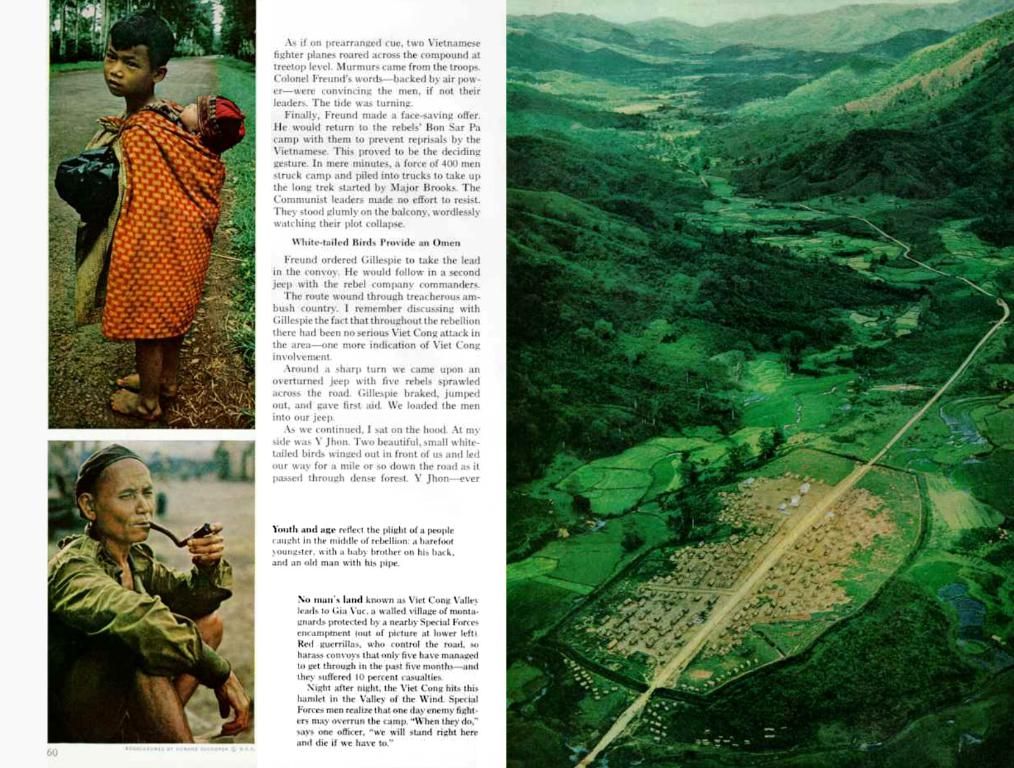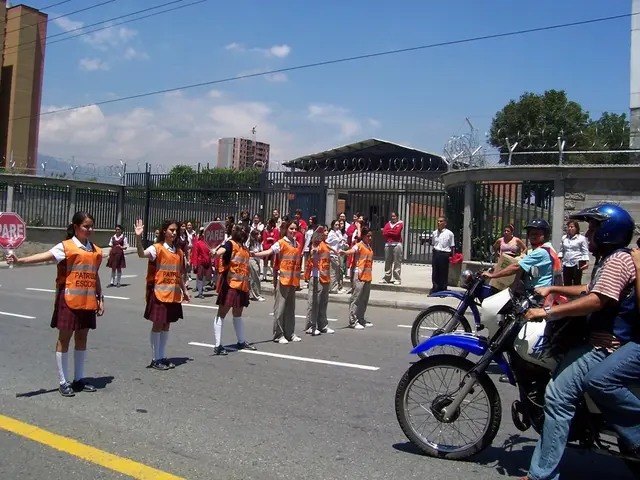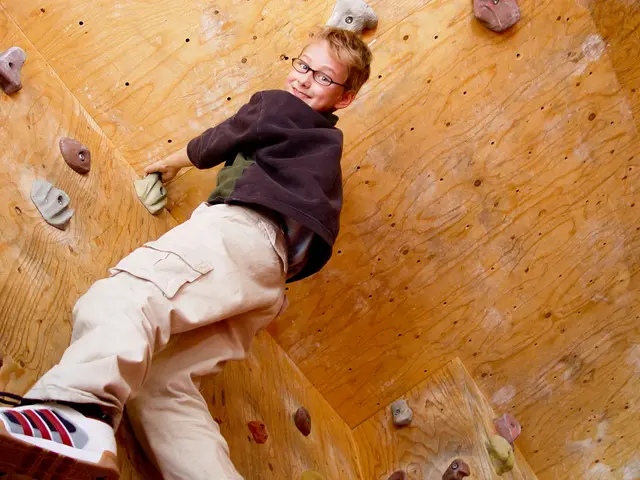Probing Acoustic Phenomena or Events
Hey there! Let's get the little ones engaged with some exciting activities all about sound!
For students aged 5 to 7, working at New Zealand Curriculum levels 1 and 2, we've got a fun-filled lineup of activities that'll help them grasp basic sound concepts. These activities don't just teach, but also encourage exploration, creativity, and fun!
Sound Exploration Activities
- Sound Sorting: Want to know if your students have an ear for detail? Provide them with various noise-making objects (think drums, maracas, bells). Challenge them to group the objects according to the sounds they create, using categories like loud, soft, high pitch, or low pitch.
- Environmental Sound Walk: Take a walk around the school or neighborhood and encourage students to be sound detectives. They'll identify and record different sounds from nature and the environment (like birds chirping, water flowing), and then describe what they hear.
- Creating Soundscapes: Here's a fun twist on creativity: use everyday objects to craft a soundscape of a particular setting (like a beach or a forest). Let your young Einsteins arrange sounds to depict their vision of that scene.
- Sound Patterns: Introduce simple rhythmic patterns (clap-clap-clap, tap-tap-rest), then have students replicate and extend these patterns using various instruments or body percussion. encouraged.
- Sound Storytelling: Turn your class into a symphony! Use sound effects to tell a story, like using a drum for footsteps or a bell for a doorbell. Challenge them to create their own stories with sound effects.
- Orthography and Phonics: Tie these sound activities to literacy skills by focusing on how sounds relate to letters. This aligns with the BSLA (Building Spelling, Literacy, and Achievement) program, which follows phases 1 and 2 of the literacy curriculum.
Inclusive Teaching Practices
- To ensure every student feels involved and supported, use collaborative activities like "Try Ask three before me".
- Display expectations and routines using words, graphics, and symbols to help students understand and engage with the activities.
These activities not only deepen students' understanding of sound but also blend well with broader curriculum goals like literacy and creativity. So, let's get the noisemakers out and spark some curiosity!
In the realm of education-and-self-development and learning, these activities incorporate sound concepts into engaging, creative, and inclusive experiences for students. For example, Sound Storytelling uses sound effects to tell stories, aligning with phonics and orthography, a part of the BSLA (Building Spellling, Literacy, and Achievement) program, while encouraging creativity and exploration.








